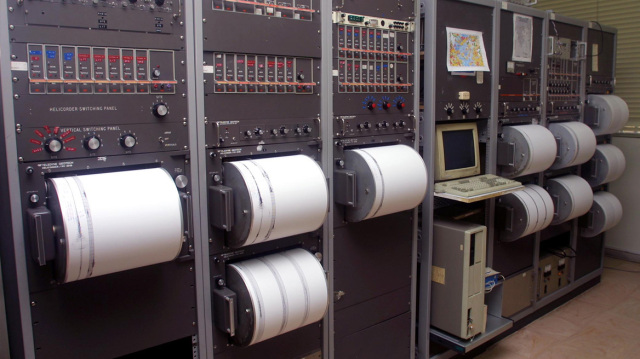Seismologists are expressing concern following a 4.8-magnitude earthquake that hit the Gulf of Corinth on Monday morning. Both Gerasimos Papadopoulos and Vasilis Karastathis have highlighted the lack of aftershocks following the initial quake.
Mr. Papadopoulos explained that the earthquake resulted from a rupture with an east-west orientation, typical for the Gulf of Corinth. However, he cautioned,
“The lack of aftershocks is troubling and warrants caution, especially since the area is known for foreshock activity.”
Vasilis Karastathis, director of the Geodynamic Institute, echoed similar sentiments. In an interview with ERT, he characterized the 4.8 tremor as
“a common occurrence for this region. Our current concern is the absence of an aftershock sequence. We will need to observe the situation closely over the next few hours.”
Further elaborating on his concerns, Karastathis remarked:
“One key factor we assess regarding such events is the aftershock sequence. We typically anticipate a normal progression, but nature isn’t always predictable — there can be exceptions. Right now, we lack sufficient data to confidently assert that the situation is stabilizing.”
Finally, discussing the seismic potential of the region — also mentioned by Efthymios Lekkas — Karastathis observed:
“It’s noteworthy. We have experienced stronger tremors nearby in the past, some exceeding magnitude 6. Additionally, nearly three years ago, another earthquake of magnitude 5 occurred in this area, fortunately without causing damage to surrounding regions. Nevertheless, we remain vigilant as we monitor the situation.”
Ask me anything
Explore related questions
















